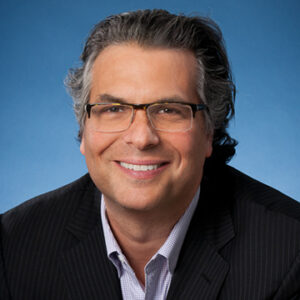Benefits of exercise cannot be overstated
By Lincoln DePradine

Extremely “strong and consistent evidence’’ exists “showing the benefits of exercise for men living with prostate cancer,’’ according to Dr Nicole Culos-Reed, a professor in the faculty of kinesiology at the University of Calgary.
“Exercise is so good across different outcomes. Even five to ten minutes a day of regular movement can provide benefits,’’ Culos-Reed told participants attending a webinar last weekend on prostate cancer.
The webinar, a collaborative event, was spearheaded by the Calgary-based African Cancer Support Group and The Walnut Foundation TWF), a not-for-profit organization founded in 2007 that seeks to increase awareness in the Black community about prostate cancer. TWF also provides information about diagnosis, treatment and follow-up practices.
The weekend event was titled, “The Unique Prostate Cancer Issues in the Black community & Roadmap for Success’’.
Men of Caribbean and West African background are particularly susceptible to prostate cancer and, according to Dr Akwatu Khenti, the risk of getting the disease increases when a person suffers from a chronic health conditions such as hypertension or diabetes.
“When you have all these other chronic conditions that you have to manage, it’s a huge challenge,’’ said Khenti, a specialist in health and policy equity and an assistant professor at the University of Toronto (U of T), in delivering the keynote address.
Clinical scientist and oncologist, Dr Neil Fleshner, who was among other speakers and presenters, said that “prostate cancer is the most common cancer in Canadian men’’.

Prostate cancer “accounts for one in five male cancers’’, but Black men have “three times the risks of having more aggressive disease’’ than Caucasians, said Fleshner, chair of the division of urology at U of T.
In addition to race, the risk of getting prostate cancer increases depending on a person’s genetic family history, he explained.
“Fifty-eight percent of the risks is now believed to be on the basis of genetics and 42 percent on the basis of lifestyle. So, they’re both equally important,’’ said Fleshner.
“One of the tricks of prostate cancer is that it lives in a bad neighbourhood of the body and it’s intimately, anatomically associated with the bladder, the sexual apparatus and the rectum,’’ he said.
“So, you could have side effects in treating this cancer, including impact on the sexual apparatus, urination control and ability to have bowel movement control. It’s not an easy topic to discuss but an important one.’’
Culos-Reed, who holds a PhD. in exercise and health psychology, referenced various research studies demonstrating that exercising during and after cancer treatment – especially in a structured environment led by a trained professional – can be done with no complications, and would enhance quality of life and provide “physical and mental wellbeing benefits’’.
The exercises may vary and could include aerobics, yoga, a brisk walk, swimming, cycling, strength training and stretching.
For men with prostate cancer, a “modest amount of moderate to vigorous activity’’ could reduce the risk of “cancer recurrence and cancer mortality in comparison to an inactive population’’, Culos-Reed said.
“There isn’t a single best exercise; there is not a single best time to exercise,’’ she added. “The best exercise is the one that you’re going to do on a regular basis. Exercise really must become a part and parcel of standard cancer care.’’


